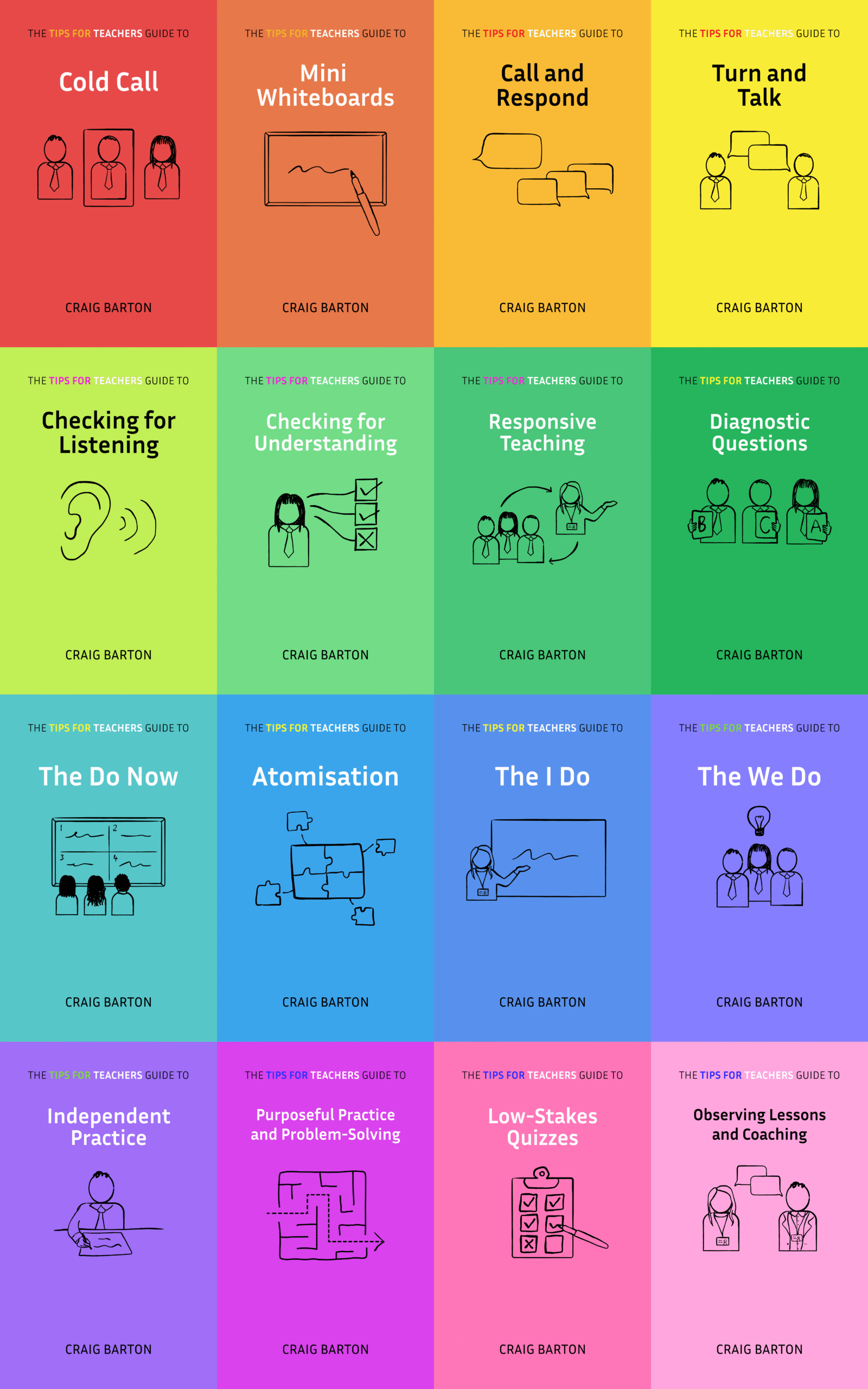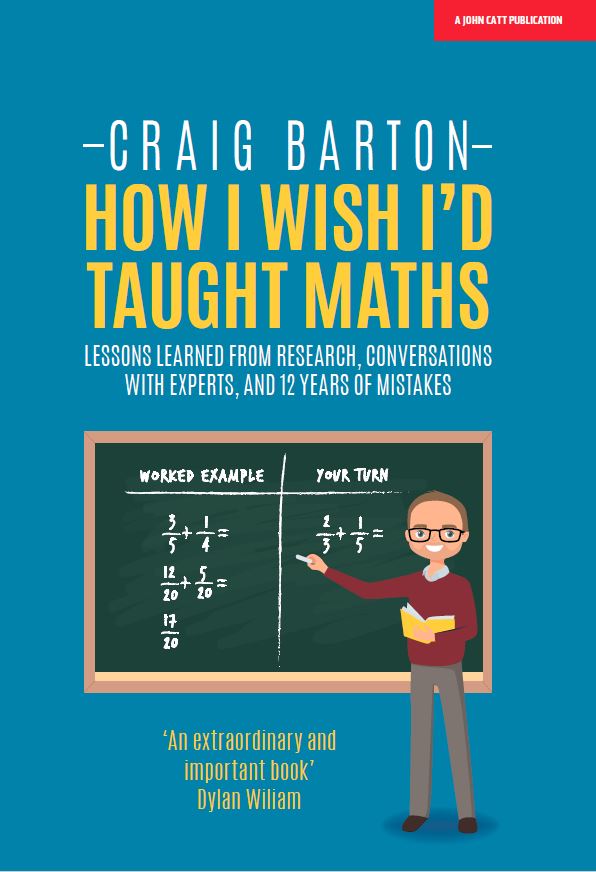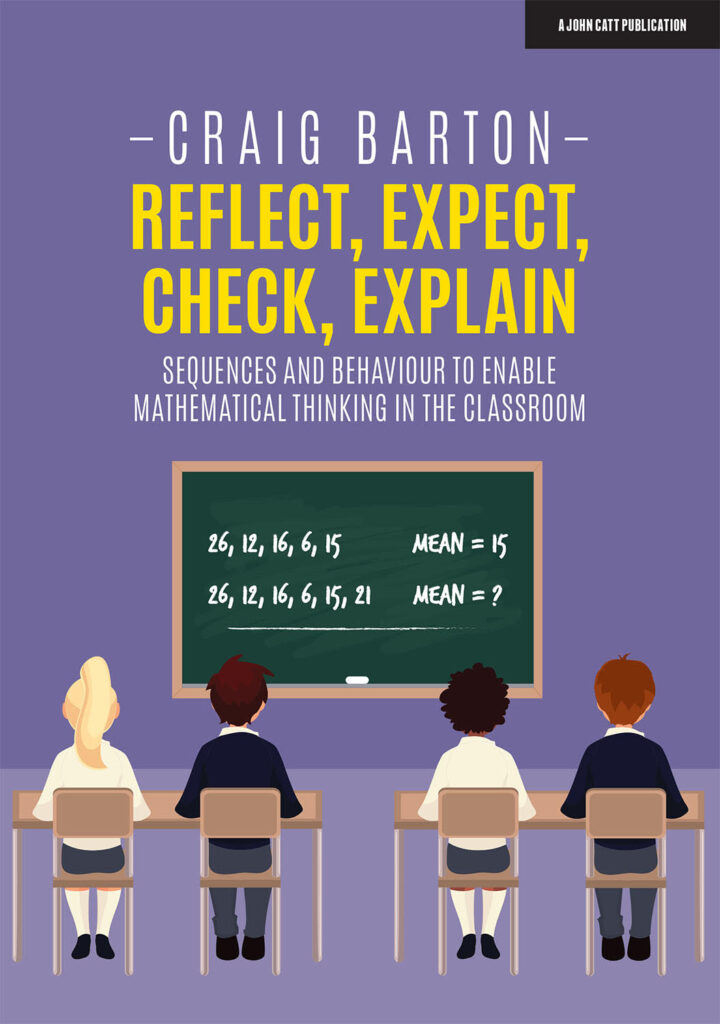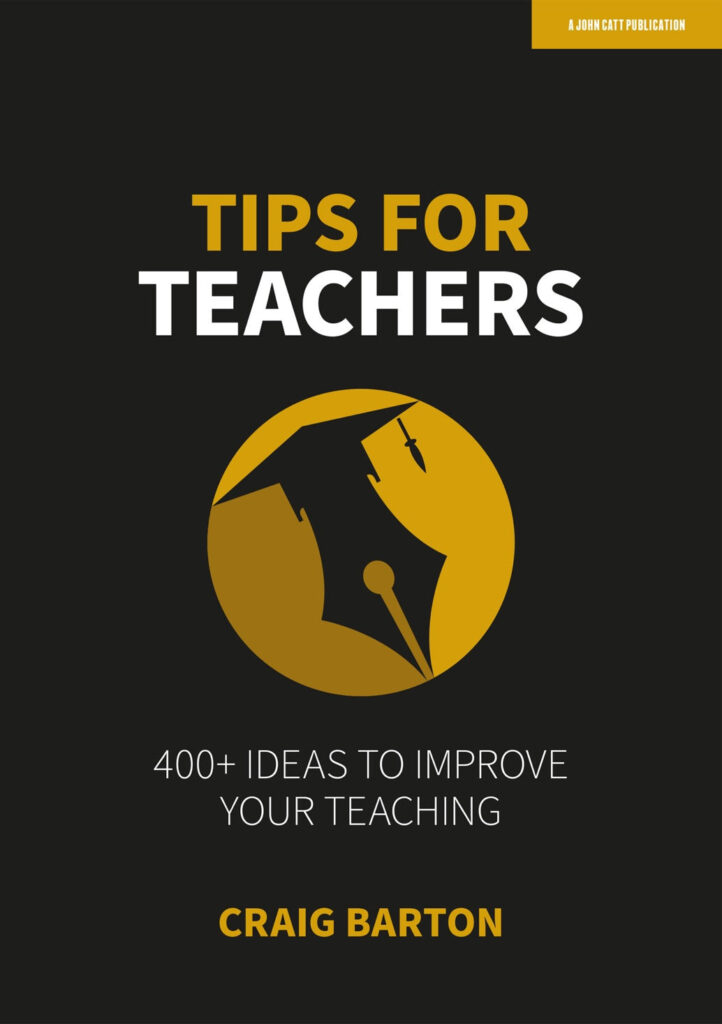
- Title: Cognitive Load Theory: The story of a research programme
- Authors: John Sweller
- Access the original paper here
- Watch a video overview:
Paper summary
This document serves as a scholarly autobiography, tracing Sweller’s life from his childhood in Australia as a Holocaust survivor’s son to his distinguished career as an educational psychologist. The main focus of the research program is the development and subsequent empirical validation of Cognitive Load Theory (CLT), which addresses how instructional design affects working memory capacity. Sweller details the discovery of several key CLT effects, such as the worked examples effect and the split-attention effect, and discusses their implications for instructional methods like explicit teaching versus minimal guidance. Finally, the source offers career advice and lessons learned from decades of pioneering research, particularly emphasising the persistence needed to challenge prevailing academic paradigms like constructivism.
If teachers remember one thing from this study, it should be…
For teaching biologically secondary knowledge (most curriculum subjects), explicitly show students how to solve problems using methods like worked examples, as minimal guidance or problem solving typically imposes a heavy cognitive load and interferes with learning.
***Paper Deep Dive***
What are the technical terms used in the paper?
The central technical term is Cognitive Load Theory, relating to the limited capacity of working memory.
Means-ends analysis (a problem-solving strategy) overloads working memory.
Key instructional findings include the Worked Examples Effect (studying examples aids learning better than solving problems), the Split-Attention Effect, and the Redundancy Effect
What are the characteristics of the participants in the study?
The earliest experiments testing problem solving used undergraduate students. Later studies involved various groups, including mathematics teachers and a physics teacher, students learning algebra, geometry and physics, designers’ styles, and students learning English as a foreign language. designers’ styles, and students learning English as a foreign language.
What does this paper add to the current field of research?
This work established Cognitive Load Theory, arguing that conventional problem solving overloads working memory, interfering with learning. This led to key instructional findings, such as the Worked Examples Effect (studying examples is superior to solving problems), and questioned the efficacy of problem-based learning.
What are the key implications for teachers in the classroom?
The key implications for teachers in the classroom, primarily derived from Cognitive Load Theory (CLT) and related instructional effects, revolve around minimizing unnecessary cognitive load andThe key implications for teachers in the classroom, primarily derived from Cognitive Load Theory (CLT) and related instructional effects, revolve around minimizing unnecessary cognitive load and using explicit instructional methods for complex material, especially biologically secondary knowledge (most curriculum subjects).
Key implications include:
1. Prioritize Explicit Instruction over Minimal Guidance:
- Teachers should explicitly show students how to solve problems rather than expecting them to discover the knowledge themselves through minimal guidance (like constructivist, discovery, problem-based, or inquiry-based teaching).
- The research suggests that conventional problem solving, particularly using a means-ends analysis strategy, heavily overloads the limited capacity of working memory, preventing the transfer of knowledge to long-term memory (learning).
- Explicitly providing information to learners is a biologically primary skill and essential for learning biologically secondary knowledge, which is what most curriculum subjects consist of.
2. Utilize Worked Examples:
- Teachers should leverage the Worked Examples Effect, where learners who study worked examples perform better on test problems than those who solve the same problems themselves.
- Studying worked examples concentrates on knowledge transfer rather than merely reaching the goal of a problem.
- This effect is obtained when the worked examples reduce unnecessary working memory load compared to solving problems.
- For advanced learners (experts), worked examples can become redundant; teachers should introduce problem solving practice or completion problems (partially completed problems) as learners gain expertise (Expertise Reversal Effect).
- The Guidance Fading Effect suggests that instruction should be facilitated by gradually reducing the assistance given to learners as they gain knowledge.
3. Optimize Instructional Materials to Reduce Cognitive Load:
Teachers must design materials to reduce extraneous cognitive load using specific CLT effects:
- Avoid Split-Attention: Instructional materials (like diagrams and text in geometry or physics) should be physically integrated so learners do not have to split their attention between multiple disparate sources and mentally integrate them in working memory.
- Avoid Redundancy: Teachers should eliminate any unnecessary information, such as text that simply reiterates what is obvious from a diagram (redundant statements), as processing this unnecessary information can overload working memory and interfere with learning.
- Use the Modality Effect Strategically: When presenting a diagram and text, presenting the text in spoken form instead of written form (dual modality) can facilitate learning by utilizing both visual and auditory channels, thus increasing effective working memory capacity.
- Beware of Transient Information: If using spoken material or animations, ensure the content is short and simple. Lengthy, complex spoken text should be presented in written form so learners can easily return to segments, as transient information can increase working memory load (Transient Information Effect).
4. Focus on Domain-Specific Knowledge:
However, teachers can point out to students when they should apply a generic, biologically primary skill (like randomly generating moves) within a specific, biologically secondary domain when domain-specific knowledge is absent.
Teachers should emphasize teaching domain-specific skills rather than generic, cognitive skills (like general problem-solving strategies). Generic skills are often biologically primary and thus cannot be taught but can be learned naturally.
Why might teachers exercise caution before applying these findings in their classroom?
Teachers might exercise caution because Cognitive Load Theory (CLT) only applies to complex material (high element interactivity). Teachers might exercise caution because Cognitive Load Theory (CLT) only applies to complex material (high element interactivity). Applying CLT effects, like using worked examples or the modality effect, may be ineffective or even reversed if the material is simple or if the learner is already an expert (Expertise Reversal Effect).
What is a single quote that summarises the key findings from the paper?
“The worked example effect demonstrated clearly that showing learners how to do something was far better than having them work it out themselves.”








